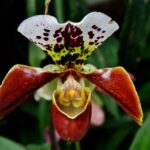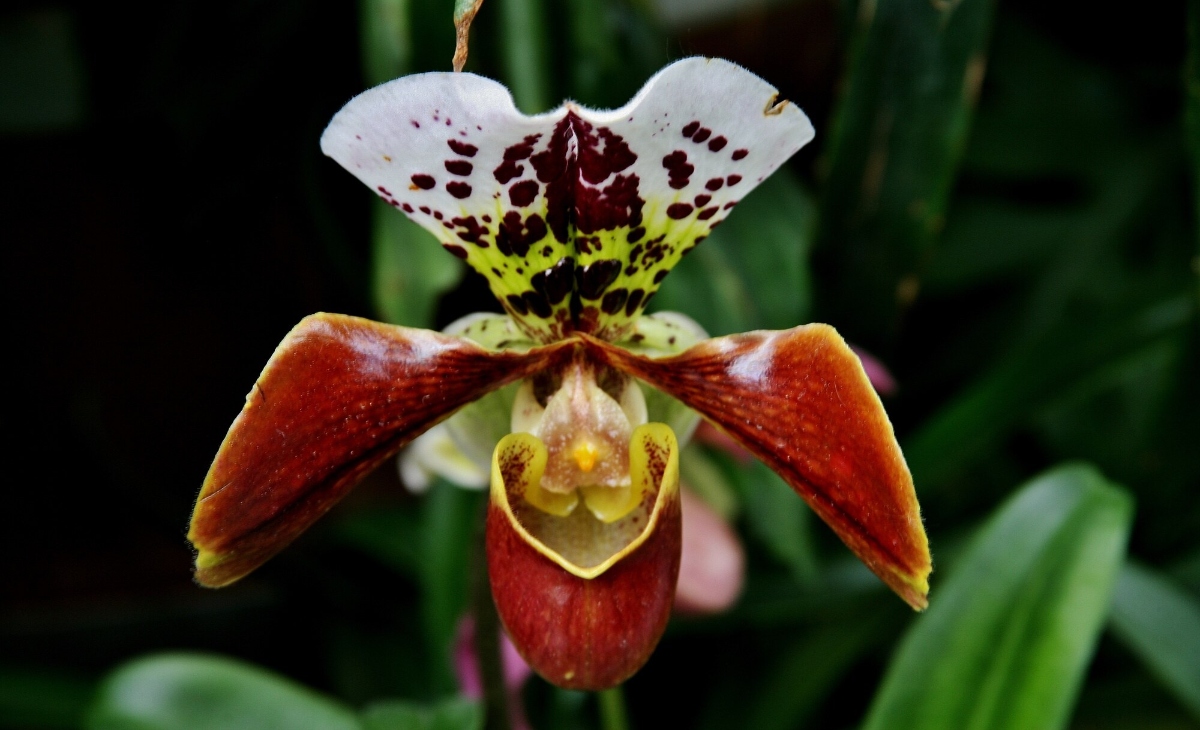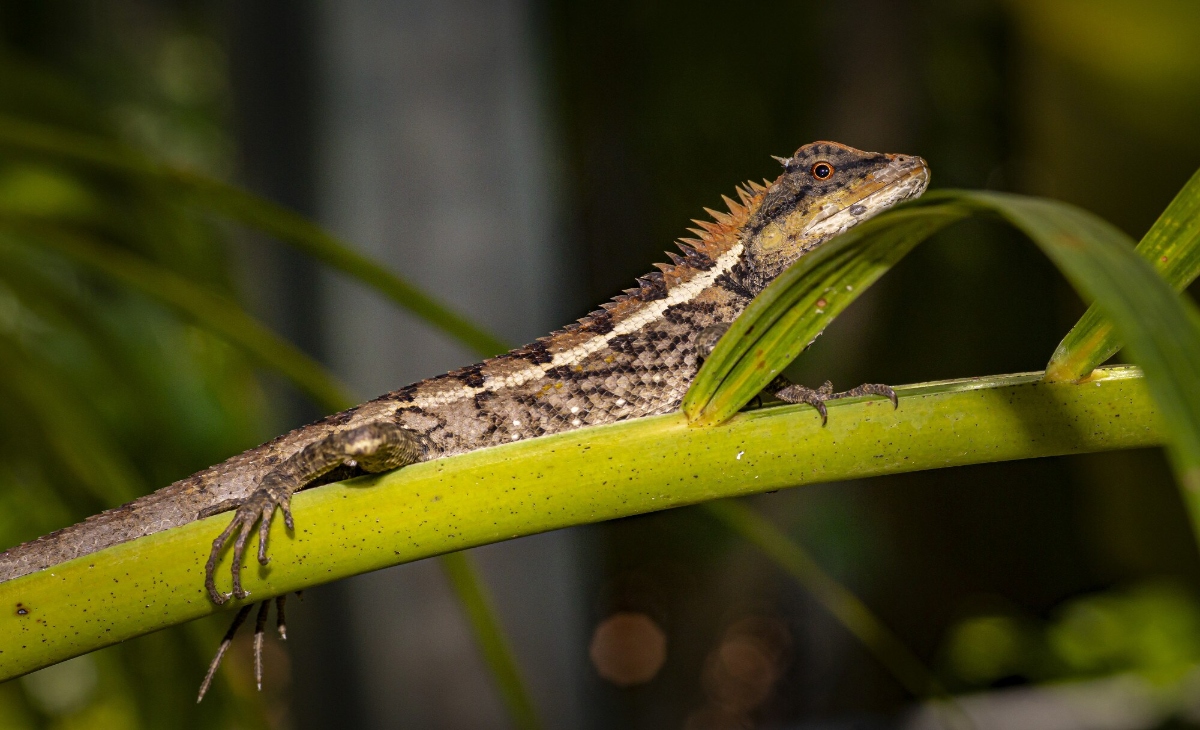Dracula Simia, commonly known as the monkey orchid, is one of the most intriguing flowers in the plant kingdom. Recognized for its striking resemblance to a monkey’s face, this orchid has captivated botanists and plant enthusiasts alike. Its unique appearance, coupled with its elusive nature, makes it a sought-after species among collectors. Despite its popularity, little is known about its specific growth requirements, habitat, and conservation status. Understanding this remarkable orchid will provide insights into the delicate balance of biodiversity within its native environment.
The Origins and Classification of Dracula Simia
Dracula Simia belongs to the Dracula genus, which consists of approximately 118 species. The name “Dracula” is derived from the Latin word meaning “little dragon,” a reference to the flower’s eerie, fang-like petals. Although frequently associated with the mystical and gothic, the genus name is more indicative of the flower’s shape than any supernatural qualities.
You May Also Like: Caiman Lizard: Habitat, Diet, Behavior, and Care Guide
This particular species was first documented in South America, specifically in the cloud forests of Ecuador and Peru. These regions provide the perfect conditions for Dracula Simia to thrive. Being an epiphytic orchid, it primarily grows on trees, absorbing nutrients from the humid air rather than soil. As a result, it flourishes in environments with high moisture content and dappled light.
Distinctive Features of the Monkey Orchid
What sets Dracula Simia apart from other orchids is its uncanny resemblance to a primate’s face. The flower’s sepals, which extend outward, create the illusion of a monkey’s ears, while its central column and petals form expressive “eyes” and a “nose.” When viewed from a distance, the effect is remarkably lifelike.
Apart from its visual appeal, this orchid is also known for its fragrance. A subtle, citrus-like scent emanates from its petals, attracting pollinators in its natural habitat. Unlike many orchids that rely on bees, Dracula Simia is often pollinated by small flies that are drawn to its unique floral structures.
Ideal Growing Conditions for Dracula Simia
Cultivating Dracula Simia outside its native environment presents challenges due to its specific habitat requirements. However, dedicated orchid enthusiasts have successfully grown it under controlled conditions. To mimic its natural surroundings, several key factors must be considered:
Temperature and Humidity
Dracula Simia thrives in cool, humid environments with temperatures ranging between 10-25°C (50-77°F). High humidity levels, ideally above 80%, are necessary for its growth. Consistently moist air ensures that the orchid remains hydrated and healthy.
Light Requirements
Bright but indirect light is essential. Direct sunlight can scorch its delicate petals, while insufficient light can hinder blooming. Shaded greenhouse conditions or artificial lighting setups that replicate forest canopies work best.
Air Circulation and Watering
Proper ventilation is crucial to prevent fungal infections and root rot. Since Dracula Simia absorbs moisture from the air, frequent misting is beneficial. However, overwatering should be avoided, as stagnant water can damage its roots.
Soil and Mounting Options
Unlike terrestrial plants, this orchid prefers to be mounted on bark or grown in a well-draining medium such as sphagnum moss. The growing medium must retain moisture while allowing excess water to drain freely.
Challenges in Growing Dracula Simia
Due to its demanding environmental requirements, Dracula Simia is not commonly found in household plant collections. Many growers struggle with maintaining the high humidity and cool temperatures that this orchid necessitates. Without these conditions, the plant may fail to bloom or develop fungal issues.
Additionally, its slow growth rate makes propagation difficult. Unlike some orchids that can be easily divided, Dracula Simia requires careful handling and patience. Obtaining a healthy specimen can also be challenging, as it is rarely available in mainstream nurseries.
Conservation and Sustainability Efforts
Dracula Simia, like many orchids, faces threats due to habitat destruction. Deforestation, climate change, and illegal collection have contributed to the decline of wild populations. Orchid conservationists work tirelessly to protect its natural habitat and ensure sustainable propagation.
Botanical gardens and conservation programs have implemented initiatives to cultivate this orchid in controlled environments. By raising awareness about its ecological importance, efforts are being made to prevent overharvesting and promote ethical plant trade.
The Symbolism and Cultural Significance of Dracula Simia
Beyond its biological uniqueness, Dracula Simia has sparked curiosity and fascination in various cultures. Often associated with mystery and exotic beauty, this orchid has inspired artists, botanists, and collectors alike. Some enthusiasts view it as a symbol of rarity and sophistication, while others appreciate it for its resemblance to the animal kingdom.
Its enigmatic appearance has also led to numerous myths and folklore interpretations. Some cultures believe that orchids possess mystical properties, and Dracula Simia, with its eerie resemblance to a primate, has fueled such beliefs.
Conclusion
Dracula Simia remains one of the most mesmerizing orchids in existence. Its striking visual appeal, coupled with its rarity, makes it a prized possession for plant lovers. However, its cultivation requires dedication and precise environmental control. As conservation efforts continue, it is hoped that this fascinating species will thrive for future generations to admire.











